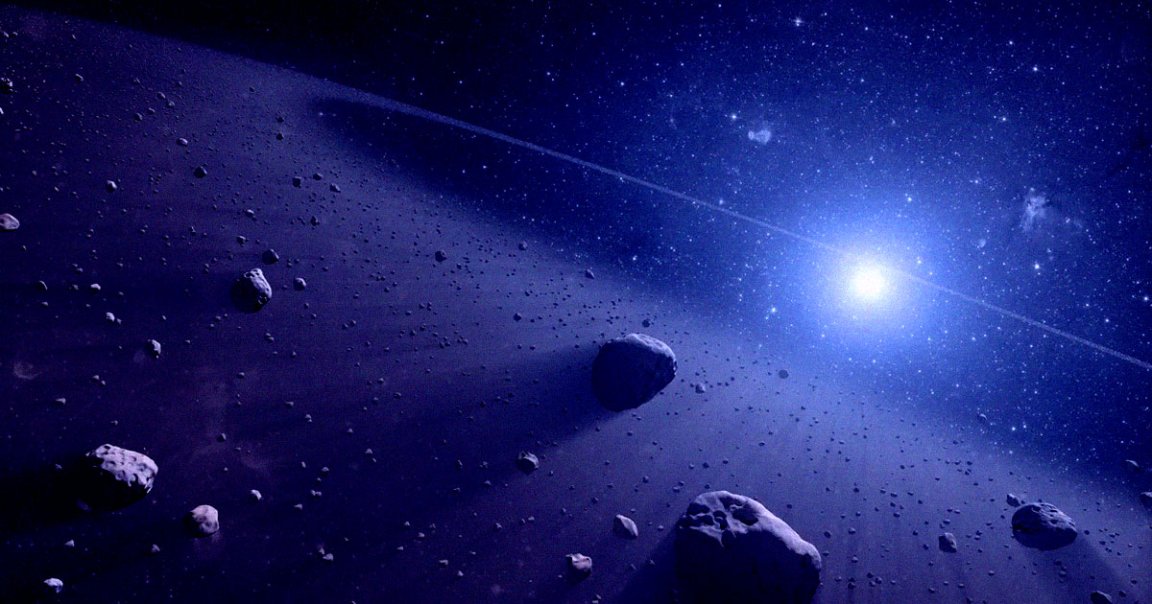
Eau de Asteroid
For the first time, an international team of scientists has discovered water molecules on the surface of asteroids.
Using data from the Stratospheric Observatory for Infrared Astronomy (SOFIA), a wide-body Boeing 747-based telescope that NASA and the German Aerospace Center jointly operated between 1996 and 2022, researchers discovered the distinct mid-infrared signatures of water molecules on two out of four silicate-rich asteroids.
The presence of water — enough in a cubic meter of asteroid soil to fill a 12-ounce bottle, they say — on these space rocks could give us important insights into the distribution of water in our solar system, and thereby help us hone in on the best places to look for extraterrestrial life — if it does indeed exist.
The discovery could also help us uncover how life came to be on Earth, with current theories suggesting water was brought to our planet billions of years ago via asteroids.
Water Abundance
Silicate-rich asteroids form much closer to the Sun than their icy counterparts.
“We detected a feature that is unambiguously attributed to molecular water on the asteroids Iris and Massalia,” said Anicia Arredondo, lead author of a new paper published in the Planetary Science Journal, in a statement.
Iris, a massive, 124-miles-diameter space rock, orbits the Sun between Mars and Jupiter, while Massalia, which measures 84 miles across, is also found in the same vicinity.
The scientists were building on previous SOFIA observations, which found water molecules in one of the Moon’s largest craters.
“We based our research on the success of the team that found molecular water on the sunlit surface of the Moon,” she added. “We thought we could use SOFIA to find this spectral signature on other bodies.”
“Based on the band strength of the spectral features, the abundance of water on the asteroid is consistent with that of the sunlit Moon,” Aderrondo explained.
The team is now excited to use NASA’s powerful James Webb Space Telescope to probe other asteroids for signs of water.
“We have conducted initial measurements for another two asteroids with Webb during cycle two,” said Aderrondo in the statement.
“We have another proposal in for the next cycle to look at another 30 targets,” she added. “These studies will increase our understanding of the distribution of water in the solar system.”
More on asteroids: Relatable! Scientists Say Dinosaurs Mainly Died From Climate Change